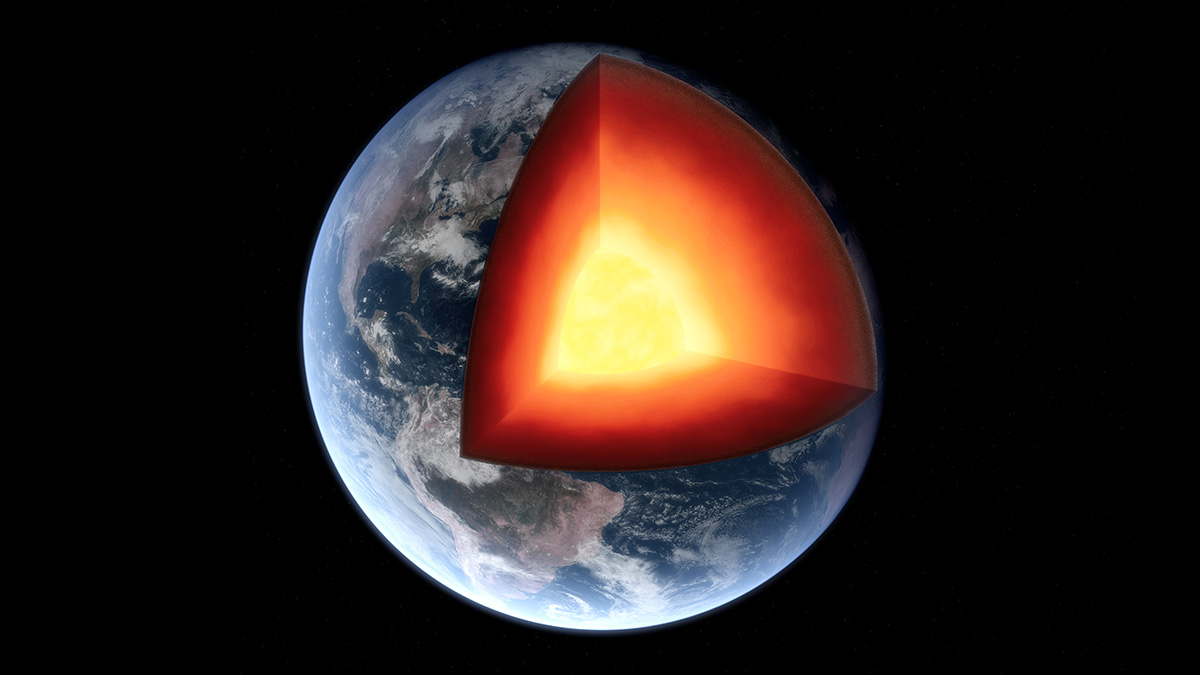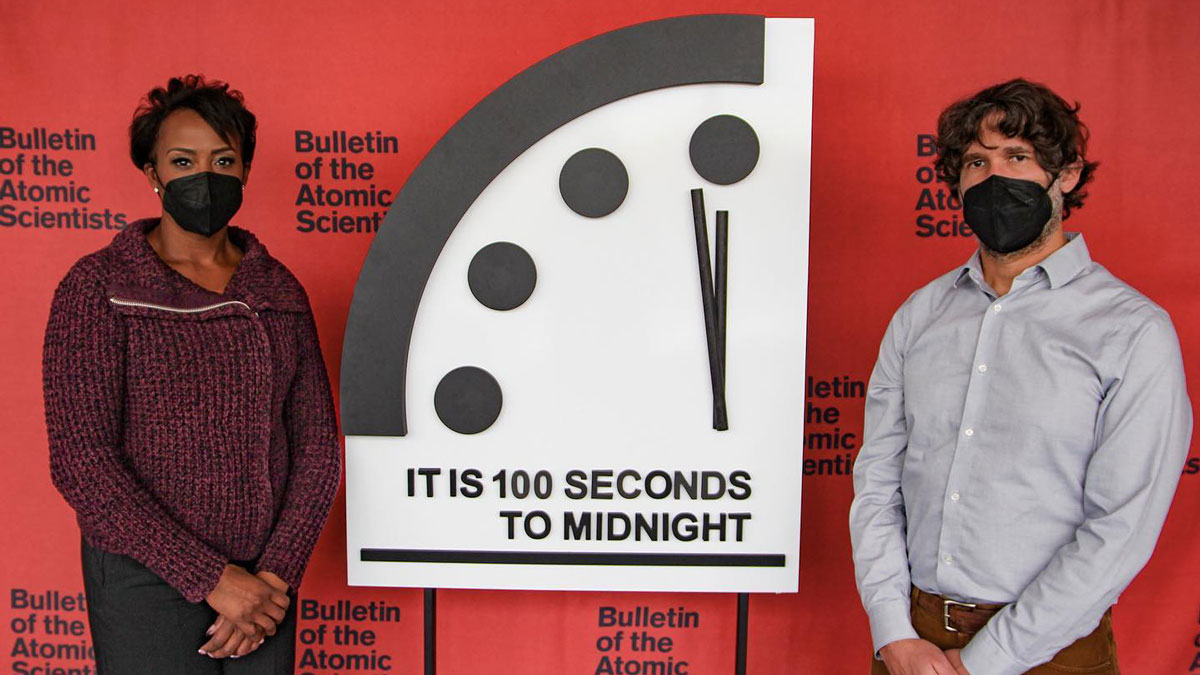A radioactive isotope produced by nuclear weapons reveals that plants take up more carbon—but hold on to it for less time—than current climate models suggest.
nuclear weaponry
Scientists Gain a New Tool to Listen for Nuclear Explosions
Mathematics and computer modeling help scientists tell natural earthquakes from nuclear tests.
Hiroshima Fallout May Offer a Glimpse of the Early Solar System
Bits of glass called Hiroshimaites may have formed by processes similar to those that formed the Sun and the planets.
Una explosión de radiocarbono del pasado
El fechamiento por radiocarbono es un pilar de la climatología y la arqueología. Sin embargo, esta metodología se encuentra amenazada por las emisiones de combustibles fósiles, que invalidan una señal útil proveniente de pruebas nucleares.
Radiocarbon’s Blast from the Past
Radiocarbon dating is a cornerstone of climate and archaeological sciences. But the method is under threat as fossil fuel emissions negate a useful signal from atomic tests.
The Long-Lasting Impact of a Nuclear War on the Ocean
Model simulations of the impact of a large-scale nuclear war reveal long lasting effects with much of the ocean not returning to pre-war levels despite the cessation of the initial cooling.
Earth’s Wobbly Inner Core Illuminated by Nuclear Explosions
Shock waves from Cold War era nuclear tests gave seismologists a glimpse of the inner core. Its wobbly rotation could explain phenomena such as the periodic change in the length of a day.
Climate Scientist Reflects as Doomsday Clock Stays at 100 Seconds to Midnight
On the 75th anniversary of the Doomsday Clock, major threats against the world have not waned, say organizers.
Geoscientists Can Help Reduce the Threat of Nuclear Weapons
A nuclear war would claim many lives from its direct impacts and cause rapid climate change that would further imperil humanity. Scientists can help shape policies to put us on a safer path.
Una Guerra Nuclear Podría Generar un “Niño Nuclear”
Una sacudida al sistema climático provista por una guerra nuclear podría provocar un fenómeno de el Niño como nunca habíamos visto.










